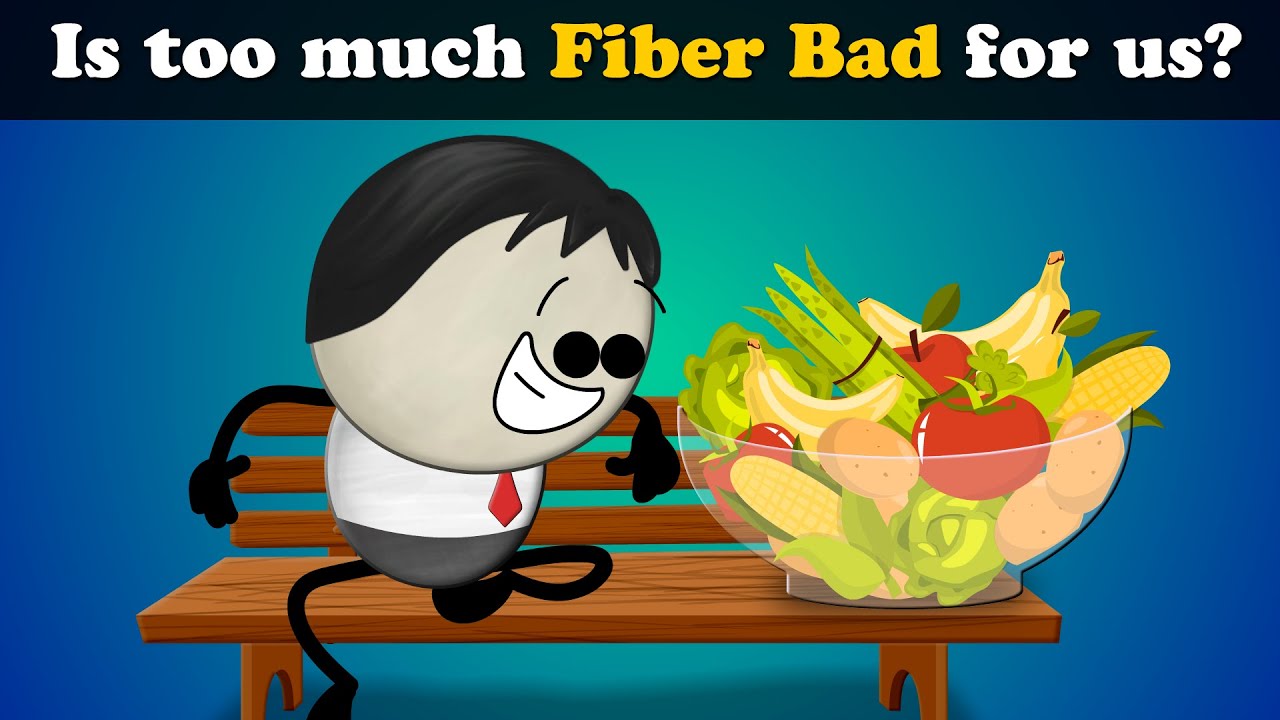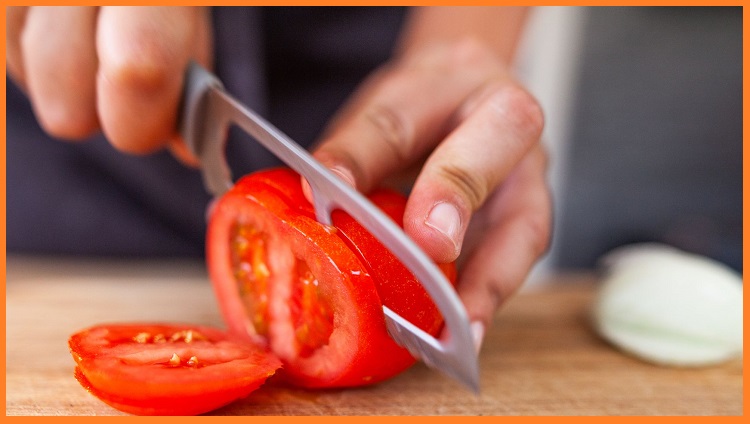For a delicious breakfast, add half a cup of berries to your morning oatmeal. Raspberries are also high in fiber, and blackberries and raspberries are excellent choices. Blackberries are a great addition to steak salads and smoothies. In addition to high fiber content, cranberries and elderberries are good sources of antioxidants and other nutrients. They have a slightly bitter taste but are incredibly healthy.

When choosing a fruit to eat, keep in mind that not all fruits are equally high in fiber. The best way to get your daily recommended intake of fiber is to consume more natural and unrefined food. More natural foods tend to contain more fiber than processed foods. Sugar, flour, and dairy products are all high in fiber, but most refined products are low in it. These refined foods are also high in sugar and have been stripped of fiber.
The guava, passionfruit, and pear are among the most fiber-rich fruits. Each of these is low in calories and has a high level of antioxidants. They can be blended with yogurt or milk for a tasty breakfast. Unlike pears and apples, however, they contain large amounts of fiber and can be eaten by anyone, regardless of their age. And if you’re trying to find an affordable and delicious way to incorporate more fiber into your diet, try guava and passionfruit! You’ll love how healthy these two new additions will make your day!
When looking for a healthy snack, try strawberries, cranberries, pears, and goji berries. These foods are packed with fiber and are high in vitamin C. One medium apple with the skin has over 24.5 grams of fiber. If you’re a fan of dried fruit, cranberries may be the best choice. They are low in calories and are an excellent option for a snack or side dish.
Bananas are another great choice for a healthy snack, as they have 4.4 grams of fiber per cup. While avocados are higher in fiber than oranges, avocados have the highest levels of fiber, but they’re also higher in fat. And, guava is a tasty choice that contains about 8 grams of fiber per cup. And guava is also high in vitamin C and potassium. But the only major source of fat is olives.
Insoluble fiber is a type of fiber found in most plant-based foods. It is insoluble and is indigestible and therefore has no benefit for the body. Unlike fruits, guavas and bananas are great sources of soluble fiber, which will help you feel full longer. If you’re a vegetarian, opt for fruits with a high amount of fiber. A medium orange has three grams of fiber per cup.
Avocados are another great source of fiber. A cup of this fruit has 1.1 grams of fiber per ounce. This is more than the amount of fiber in oranges and is an excellent choice for a snack. It is also a great way to boost your fiber intake since it’s rich in fiber. You can add them to your smoothie or your meals. Moreover, you can choose the best option for your budget.
While you can’t get all the fiber you need from a fruit, many fruit types are rich in fiber. A banana, for instance, contains 3.4 grams of fiber per cup. While bananas and celery have a lot of the same amount, grapefruits have more fiber than bell peppers or celery. Plus, they are a great source of vitamin C and pectin, which are essential for our overall health.
Fruits and vegetables are great sources of fiber. For a daily fiber-rich breakfast, try raspberries and split peas. Both of these items have a lot of fiber per calorie. You can also add them to your favorite cereal or oatmeal. For a snack, try adding a handful of peas to your cereal. Barley is an excellent source of fiber, too. A cup of barley contains 13.6 grams of fiber per gram, which is a good amount for a single cup of bread.



